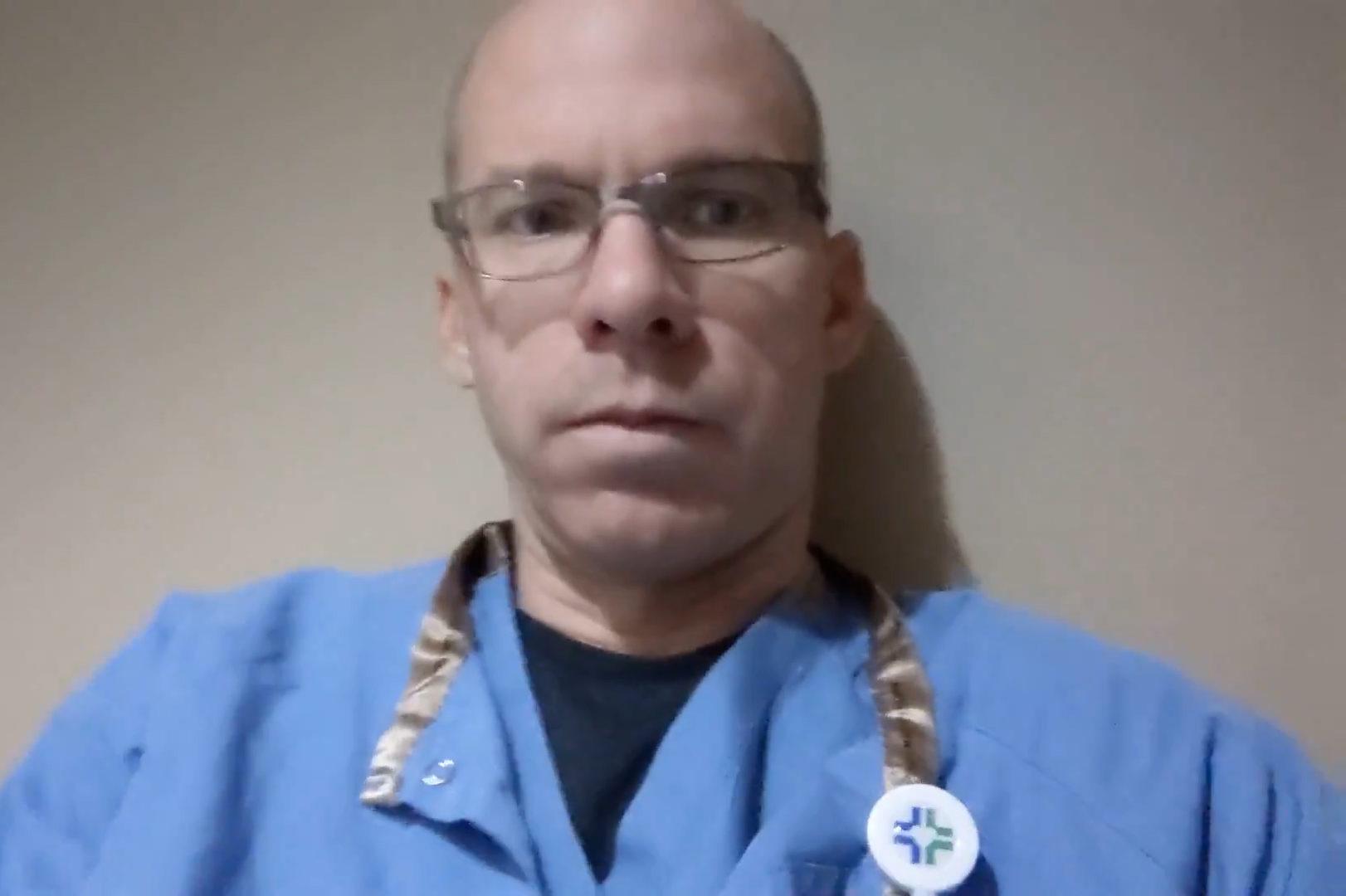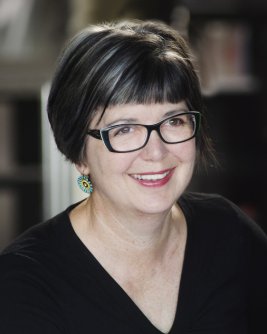
Dr. Peter Stubenrauch starts the day at 7:30 a.m. on the COVID-19 unit at the St. Joseph Hospital ICU.
All the patients here are on ventilators, unusual even for the ICU, but unusual is the new normal as Stubenrauch and his colleagues try to care for patients who have a disease no one has figured out.
Stubenrauch, a critical care pulmonologist with National Jewish Health compares notes with his colleague, Dr. Mana Amir, who specializes in pulmonary medicine with Kaiser Permanente. They talk about what makes this work so hard right now. For one thing, all medical staff have to wear so many protective layers, it makes it difficult to connect to patients.
And that’s especially difficult because the patients can’t see family or friends since St. Joe, like all hospitals, doesn’t allow visitors due to COVID-19.
“I think the fact that they are not able to have their loved ones nearby, even when some of them are, you know, more restless and needing comfort care,” Amir said. “I can’t even imagine how terrifying that must be for them.”
Starting at 8 a.m., Stubenrauch reviews his nine patients and considers the next steps. The most pressing challenge is managing the effects of long-term ventilator use. For instance, those who are on high levels of oxygen usually are placed on their stomach to ease pressure on the lungs. But that leaves patients vulnerable to skin damage as their body rests on the tubes and equipment.
“Unfortunately, it comes down to an intellectual discussion between how sick are their lungs and how worried are you about the skin,” Stubenrauch said. “But ultimately the skin wounds should, should recover (and) we need people oxygenating well enough that they'll hopefully recover from this from a lung standpoint too.”
Then there’s the question of what treatments to try. The medical guidance on the coronavirus is evolving quickly. Stubenrauch said doctors have the “tried and true” approaches to respiratory illness, and a variety of experimental treatments being developed for the virus.
“I do find it fascinating though, how two weeks ago we were reading about ‘you’ve got to do it this way’ and a week ago, ‘no, that's wrong. You got to do it that way,’” Stubenrauch said. “So that's, that's been interesting to see how things evolve.”
For one of his patients, he recommended she be added to a drug study he thinks is promising. He hopes that if she is accepted she would get the actual drug, instead of the placebo some patients in the study must receive.
Explore More Colorado COVID Diaries
Just before 1 p.m. Stubenrauch took a quick break in a quiet room with a peanut butter and jelly sandwich, his lunch staple for years.
“I just bring my own food, although I have to admit they’ve been bringing some pretty good food around from restaurants that have been donating food to the healthcare workers,” Stubenrauch said.
The afternoon included consultations with families. All by phone. It’s another challenge of pandemic care, discussing life and death matters without being face to face, with family members who can’t consult — and can’t even — see their loved one. And the uncertainty about COVID-19 means always preparing families for the worst.
“You by no means have any interest in giving up on a patient, particularly someone who came into the intensive care unit relatively recently, but also set the expectation that we're observing a lot of patients who remain on mechanical ventilation for prolonged periods of time and can quite suddenly take turns for the worse and pass away,” Stubenrauch said.
By the end of his shift at 7, Stubenrauch saw hopeful signs. One or two patients might be ready to get off the ventilator the next day. No new patients came in. With another doctor taking over his patients for the night, he can try to leave work behind.
When he gets home he performs what’s become the ritual after a day at ICU. He takes off his clothes in the garage and showers before settling in with his wife and two teenagers. He jokes his teenage daughter is a pro at social distancing from her parents, but he admits he still hugs his wife and son.
It’s hard to keep his guard up all the time.
This story is part of a statewide reporting project with more than 20 newsrooms led by the Colorado News Collaborative to document a day in the life of Colorado on Thursday, April 16.








